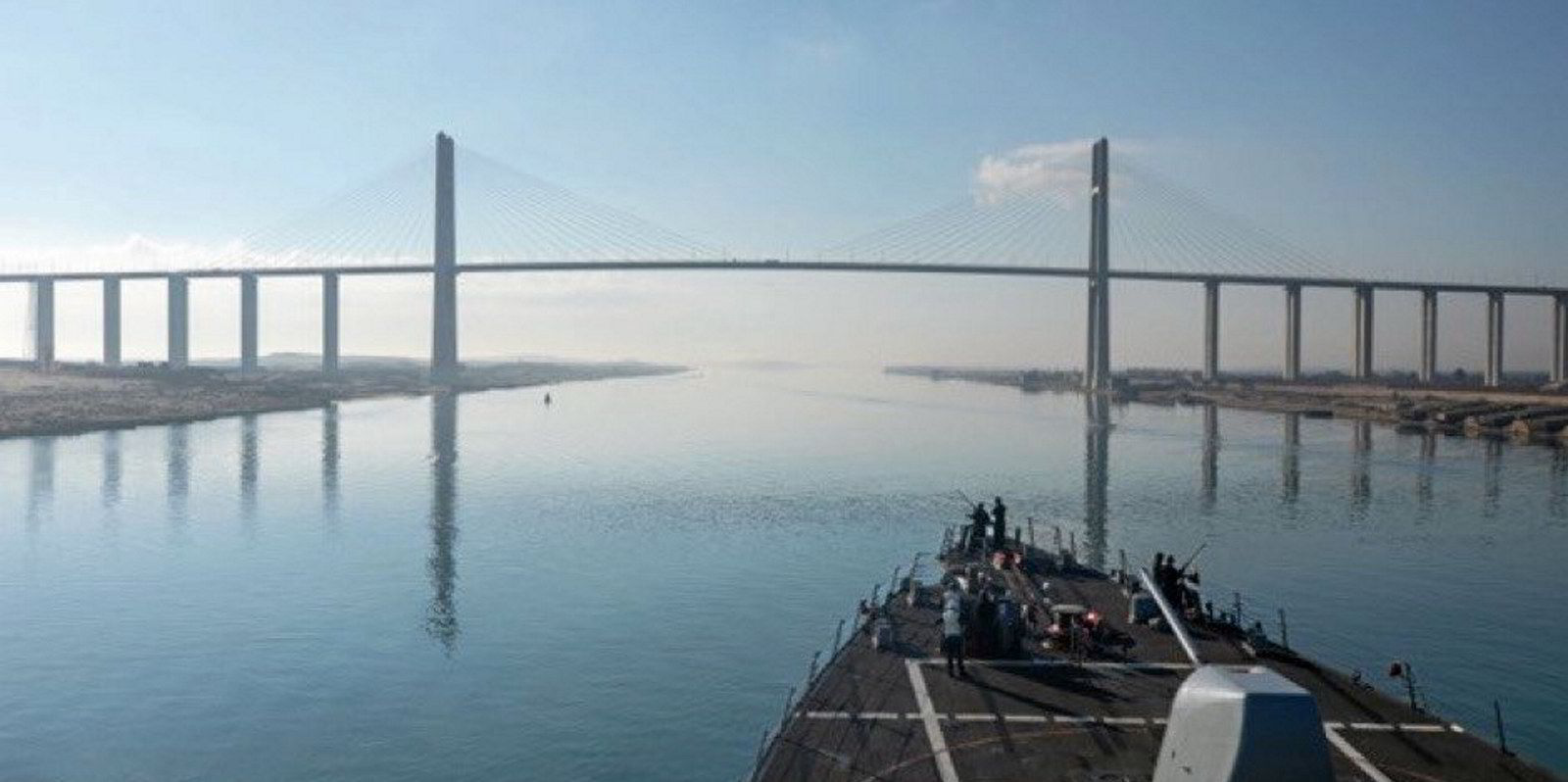Container ships choosing to sail around the Cape of Good Hope are going faster, pushing the costs of diversions even higher.
An LSEG Research report published on Thursday found boxships averaged 16.2 nautical miles per hour in early January, up from 15.2 nautical miles per hour throughout most of last year.
The longer journey has boosted bunker expenses for large container vessels by 35% for a voyage from Asia to north-west Europe, the report said.
“As we saw with the grounding of the Ever Given in 2021, the importance of the Suez Canal and the Red Sea to global trade cannot be understated,” LSEG global head of shipping Fabrice Maille said.
“The impact of this conflict is therefore considerable, leading to very difficult decisions to be made regarding financial costs and security risks.”
Liner operators were among the first shipping players to vacate the Red Sea and Bab al-Mandeb strait after Yemeni Houthi militants began escalating attacks on commercial shipping in mid-December.
The Iran-backed group hoped to force Western governments to provide support to Palestine as its conflict with Israel intensified.
MSC Mediterranean Shipping Co was the first to announce that its vessels would avoid the region on 16 December, followed by several other major players including Evergreen, HMM, Ocean Network Express and AP Moller-Maersk.
The cumulative impact of those diversions has pushed container ship traffic through the Red Sea down by almost 60% compared with mid-December, the LSEG report said.
The largest of those ships have seen transits decline by more than 80%, it added.
The report also found tankers fleeing the region, but at a less pronounced rate than container ships.
While the decline in Red Sea traffic was sharp for those vessels, tanker transits through the Red Sea have dropped by only 10%, LSEG found.
The report said diverting around the Cape of Good Hope caused bunker costs to more than double for aframax tankers.
Across the entire tanker sector, diversions added costs of $932,905 per voyage.
LSEG said two tankers abruptly decided to eschew the Red Sea as tensions rose.
It identified the Coral Shipping Corp-managed 72,910-dwt Octa Lune (built 2005) as passing through the Suez Canal on 11 January, on a voyage from France to Taiwan laden with naphtha, which turned back two days later.
The other ship, the 74,954-dwt Diyyinah-I (built 2011), was in the waters south of the Yemen-Oman border carrying jet fuel to Rotterdam before turning back around the Horn of Africa and south. The vessel is managed by Adnoc Logistics & Services.





